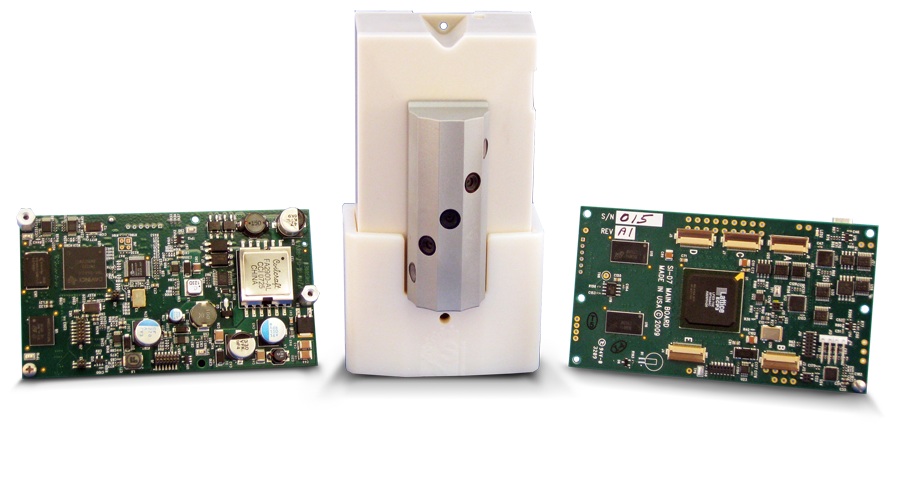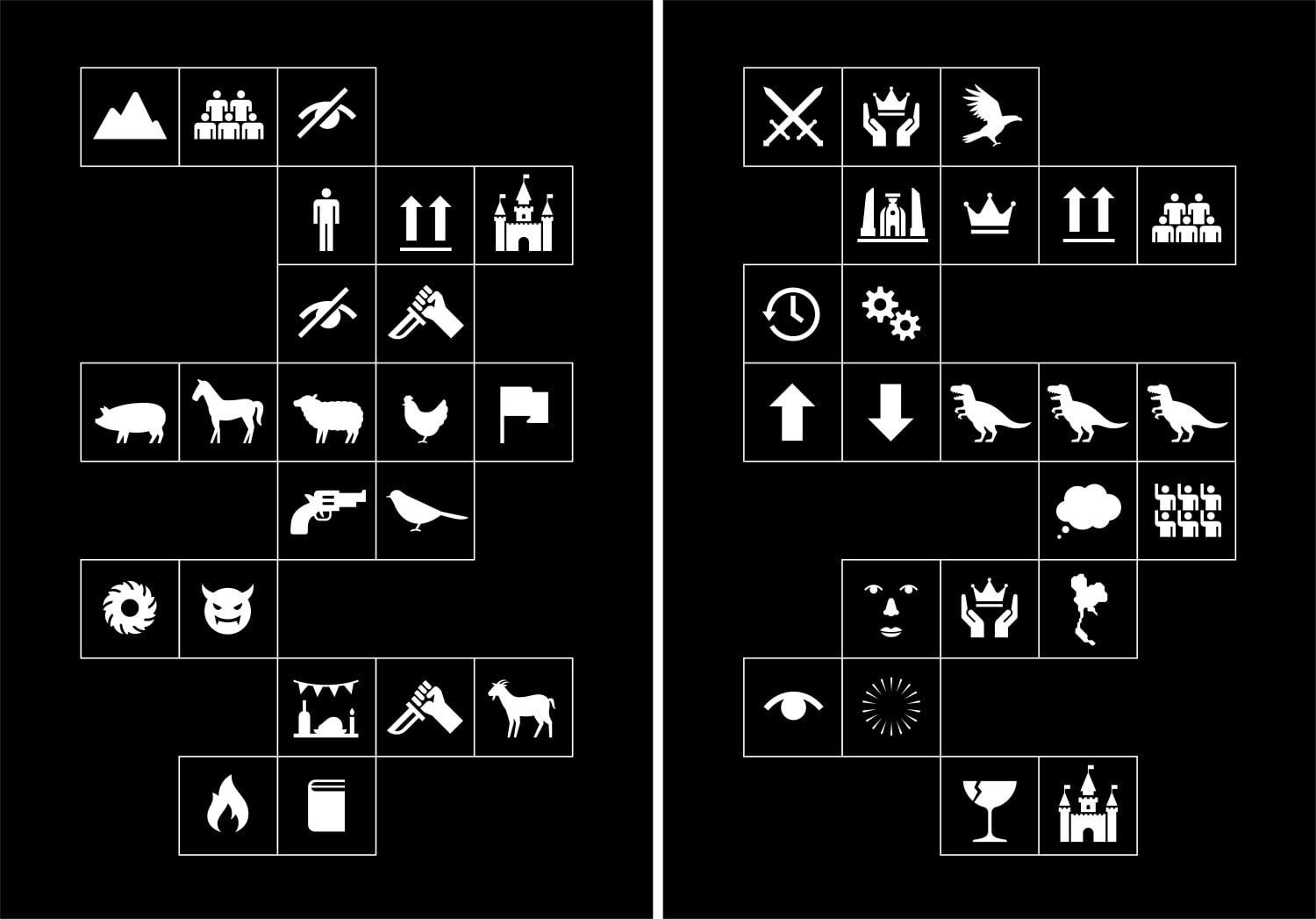


It consists of non-linear operations related to the structure of features of an image. Morphological operations can be extended to grayscale images. It also helps in smoothing the image using opening and closing operations. Morphological image processing tries to remove the imperfections from the binary images because binary regions produced by simple thresholding can be distorted by noise. Grayscale image: These images contain shades of black and white and contain only a single channel.Ĭlassic image processing algorithms 1.RGB image: It contains three layers of 2D image, these layers are Red, Green, and Blue channels.Pixels are arranged in the form of a matrix. An image can also be represented in 3D where x,y, and z become spatial coordinates. Pixels are the elements of an image that contain information about intensity and color. It is an array of pixels arranged in columns and rows. If x,y, and the amplitude value is finite then we call it a digital image. The amplitude of F at a particular value of x,y is known as the intensity of an image at that point. This can be used for further analysis and decision making.Īn image can be represented as a 2D function F(x,y) where x and y are spatial coordinates. The final output can be either in the form of an image or a corresponding feature of that image. Let’s get into it! What is image processing?Īs the name says, image processing means processing the image and this may include many different techniques until we reach our goal. Through this article, you will learn about classical algorithms, techniques, and tools to process the image and get the desired output. Its amazing libraries and tools help in achieving the task of image processing very efficiently. Python is one of the widely used programming languages for this purpose. It has a wide range of applications in almost every field. Image processing allows us to transform and manipulate thousands of images at a time and extract useful insights from them. It is the core part of computer vision which plays a crucial role in many real-world examples like robotics, self-driving cars, and object detection. This information can be obtained with the help of the technique known as Image Processing. If I dump it with ImageMagick in Terminal, you can see the palette (under Colormap) and the 7 colours under Histogram: identify -verbose YourImage.Images define the world, each image has its own story, it contains a lot of crucial information that can be useful in many ways. OpenCV doesn't really like palette images and just converts to RGB. It is stored as a palette (indexed) image.
.jpg)
How is the author storing the images such that they show up as color images in my OS's image viewer and OpenCV, but show up as single-channel images in PIL? Now the result that PIL shows is correct, and np.unique confirms this as each image in the NYU dataset has labels ranging from 0-39(255 is ignored), where each object is given a label in the 2-d space. Whereas, if I open this same file in PIL: from PIL import Image Even tried -1 as the second argument in imread) import cv2 Now if I open the label image in OpenCV it reads this image as an RGB image:(wrongly, though. I'm having a hard time trying to understand how the image labels have been stored. I'm trying to figure out the NYU-v2 for semantic segmentation dataset in this Repository.


 0 kommentar(er)
0 kommentar(er)
